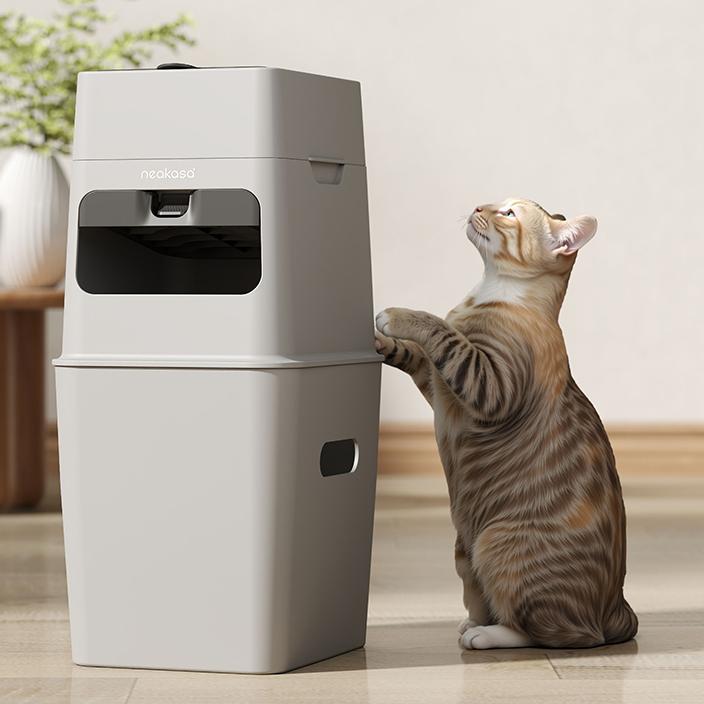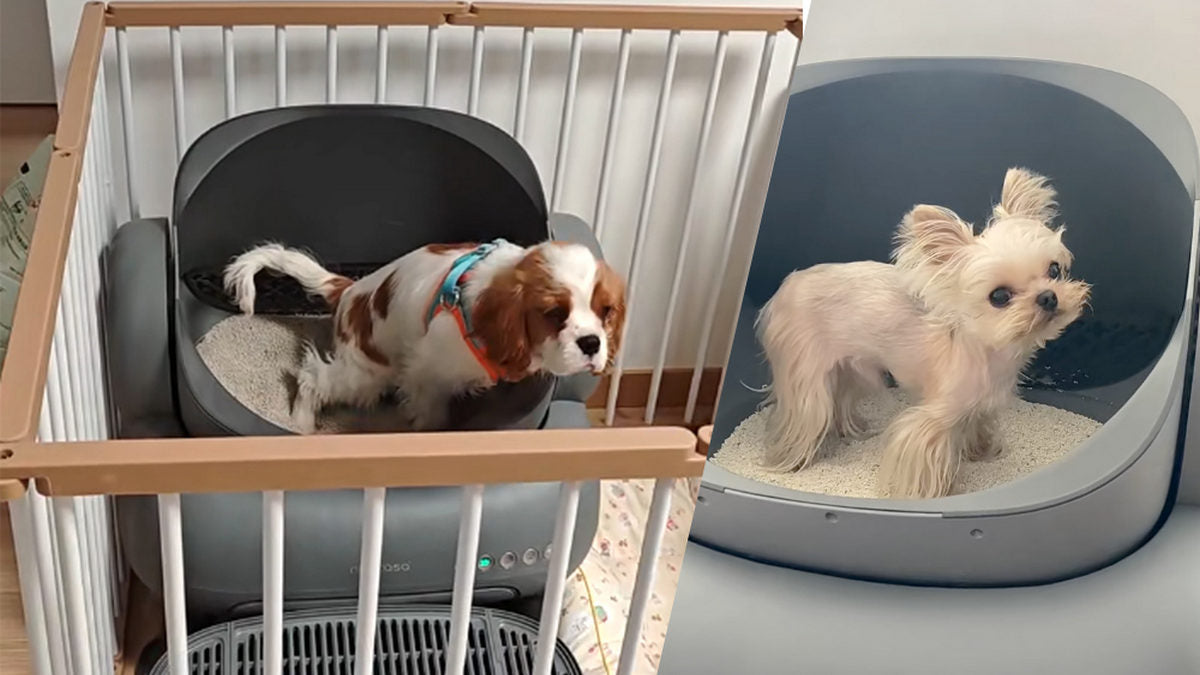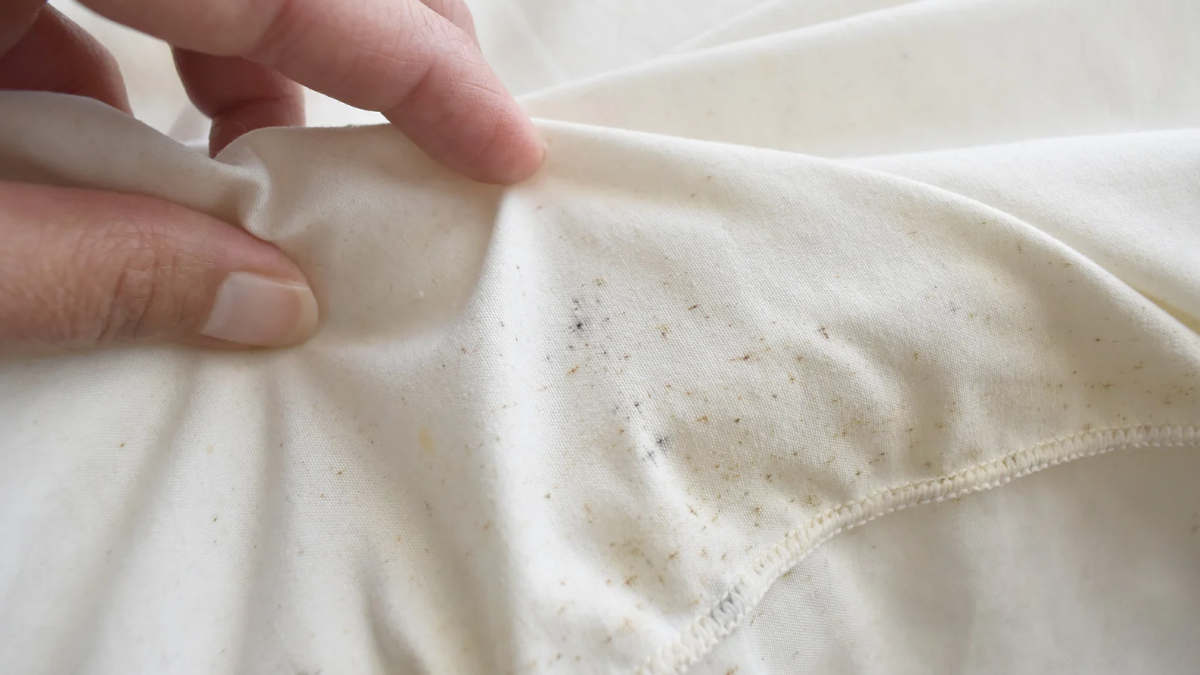If you have a dog and live indoors, you’ve probably asked this question: Where should my dog go to the bathroom when going outside isn’t possible?
Maybe you live in a tall apartment building. Perhaps you have trouble walking. Or maybe you’re stuck at work all day, or the weather is just too bad to go out. In any case, you need a good indoor potty solution for your dog’s comfort and your own peace of mind.
The two most common choices are dog litter boxes and pee pads. But which one is better for you and your pup? This guide will break down the pros and cons of each. We’ll look at how they compare in terms of ease of use, cost, cleanliness, and even how they affect the environment.
Let’s dive in and help you pick the best option for you and your furry friend.
Option 1: Dog Litter Boxes
👍 Pros of Dog Litter Boxes
1. Better at Controlling Smells
Dog litter boxes are great at keeping bad smells away. The litter inside is made to soak up pee and trap odors. Some types even have things like baking soda or charcoal that help get rid of the smell. Your home can still smell fresh, even if you don’t clean the box right away.
2. More Eco-Friendly
Even though you have to change the litter from time to time, it creates way less trash than throwing out pee pads every day. Some litters are even made to break down naturally, which is better for the planet.
3. Feels More Natural for Dogs
Dogs often like to go potty on dirt or soft ground. Litter feels a bit like that. This can make training easier, especially for dogs who like to dig or already go on loose surfaces.
4. Saves Money Over Time
Buying a litter box can cost more upfront, usually between $30 and $100. But after that, the only thing you need to buy is litter, which costs around $15–$25 and can last a few weeks depending on your dog’s size. Over time, it’s cheaper than buying pee pads again and again.
5. Less Mess
Good litter soaks up liquid fast. That means your dog won’t step in their own pee and track it around your house. You’ll end up with cleaner paws and cleaner floors, too.
👎 Cons of Dog Litter Boxes
1. Training Takes Time
If your dog is used to going outside or on pee pads, switching to a litter box might be hard at first. It can take a few days—or even weeks—for them to get used to it.
2. Needs Regular Cleaning
You’ll have to scoop out poop every day and change the whole litter from time to time. This takes more effort than just tossing a pee pad in the trash.
3. More Expensive to Start
Buying the box and the first batch of litter costs more than a pack of pee pads. If you’re on a tight budget, this might be something to consider.
4. Takes Up More Space
A litter box is thicker and takes up more room than a flat pee pad. This might be a problem if you live in a small space.
5. Some Dogs Might Try to Eat It
Puppies—or dogs who like to chew things—might try to eat the litter. This can be dangerous and could lead to stomach problems. It’s important to keep an eye on your dog when they’re first getting used to the box.
Option 2: Pee Pads
👍 Pros of Pee Pads
1. Super Easy to Use
Pee pads are simple. Just lay one on the floor, let your dog use it, then throw it away. No cleanup needed.
2. Easy for Dogs to Learn
Many dogs—especially puppies—know what pee pads are for right away. The soft surface feels natural to them, so training is usually fast and easy.
3. Cheap to Start With
A big pack of pee pads (usually 50 to 100 pads) costs around $15–$30. That’s pretty affordable and doesn’t need a big up-front cost.
4. Great for Travel
Pee pads are light and easy to carry. They’re great for hotel stays, road trips, or visiting friends. Your dog will have a familiar place to go potty, even in a new location.
5. Useful in Special Situations
Pee pads are handy for more than just everyday use. They work well for potty training, old dogs who have trouble holding it, dogs recovering from surgery, or during bad weather when walks aren’t possible.
👎 Cons of Pee Pads
1. Don’t Always Control Smells
Even though many pads say they stop smells, they often don’t do a great job, especially if your dog uses the same pad more than once or is a bigger breed.
2. Not Good for the Environment
Since pee pads are meant to be thrown away, they create a lot of trash. One dog can go through hundreds or even thousands of pads every year.
3. Can Leak
Some pads—especially the cheaper ones—can leak or let pee soak through onto your floor. This can cause stains or smell if you don’t notice it quickly.
4. Adds Up Over Time
Buying pads again and again gets expensive. A medium-sized dog using one pad a day can cost you $300–$400 a year.
5. Dogs Might Rip Them Up
Some dogs think pee pads are toys and will shred them. This can make a huge mess, and eating the pieces might even be dangerous.
How to Choose What’s Right for You
🔹 Think About Your Dog
- Puppies: Start with pee pads. They're easier when your pup needs to go often. Later, you can switch to a litter or an outdoor potty.
- Adult Dogs: Both options can work. Smaller dogs often like litter boxes; bigger ones might prefer pads.
- Seniors: If your older dog has trouble walking or holding it, pee pads are easier to place wherever they need.
🔹 Think About Your Home
- Apartments/Condos: Litter boxes are better for long-term use in small homes with no yard. They control smells and create less trash.
- Houses with Yards: Use pee pads for backup when the weather’s bad or your dog isn’t feeling well.
- Multi-Pet Homes: If you have cats too, some dogs can share a modified litter box setup.
🔹 Think About Your Lifestyle
- Work All Day? A litter box won't leak or overflow like a pad can.
- Hate Bad Smells? Litter boxes usually do a better job of keeping things fresh.
- Care About the Environment? Litter boxes create less waste over time.
- Mobility Issues? Pee pads are easier if bending or cleaning is hard for you.
Quick Recommendations
- Training a Puppy? Start with pee pads. Switch later if needed.
- Need a Full-Time Indoor Potty? Go with a litter box for better smell control and long-term savings.
- Going on a Trip? Keep pee pads handy—they’re perfect for travel.
- Have a Small Dog Forever? Either one can work. Pick based on what’s easier for you: less mess or less maintenance.
Conclusion: Find What Works Best for You and Your Dog
There’s no perfect one-size-fits-all answer when it comes to indoor dog potty options. Litter boxes do a great job at controlling odor, cutting down on waste, and saving money in the long run, but they take up more space and need more effort to clean. Pee pads are super easy and great for beginners, but they can cost more over time and aren’t the best for the planet.
The right choice depends on your dog’s size, age, and habits, as well as where you live, how much time you have, and what you personally find easier to deal with.
And don’t forget: a mix of both might work best! Many pet parents use pee pads while their dog is still a puppy, then switch to a litter box later. Others use a litter box at home but keep pee pads handy for trips or emergencies.
Whatever you choose, the goal is the same—keeping your dog happy, healthy, and comfortable, while making life easier for you too. If your first choice doesn’t work out, don’t worry. Just adjust and try again.











Leave a comment
This site is protected by hCaptcha and the hCaptcha Privacy Policy and Terms of Service apply.